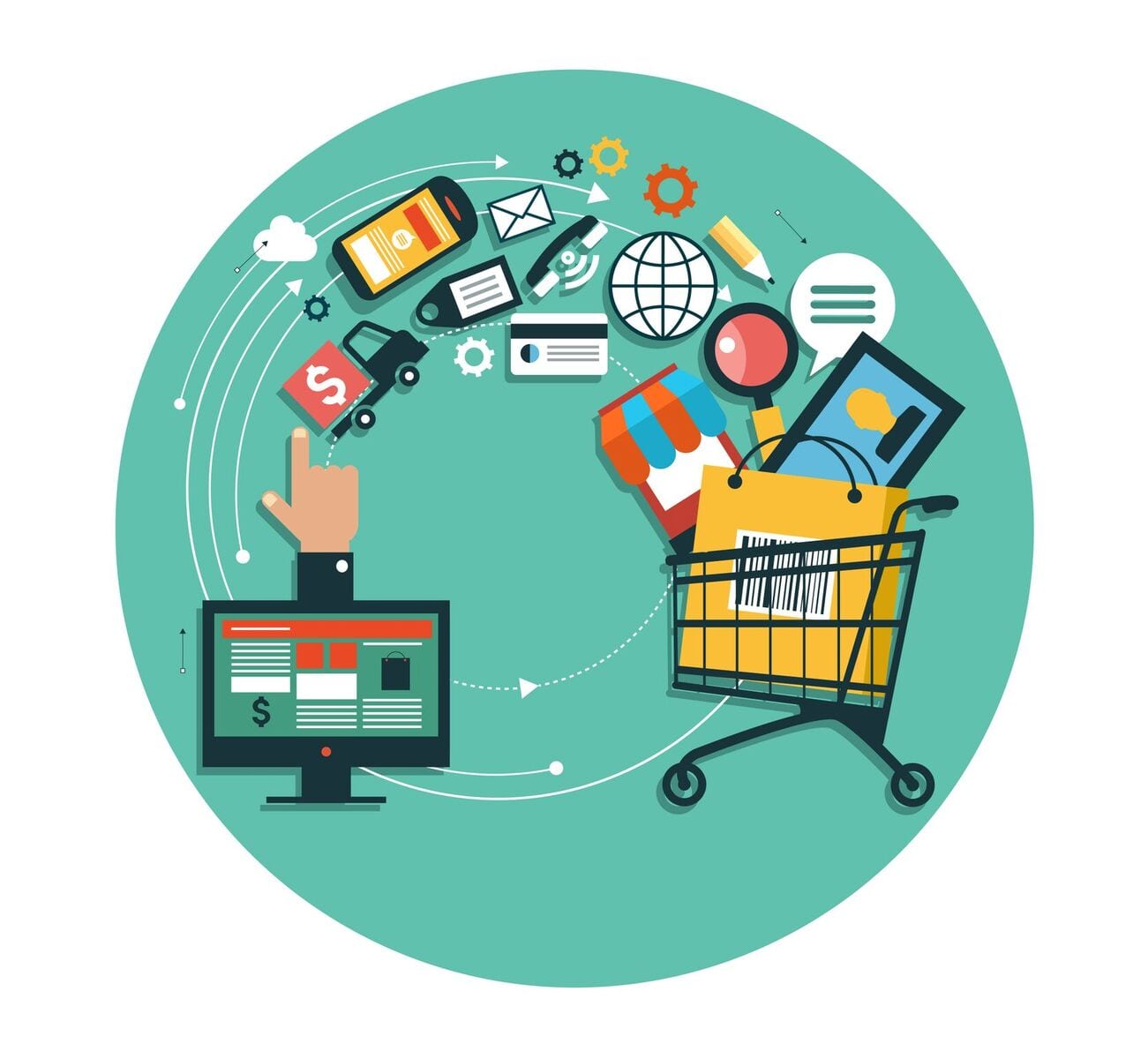
Understanding the Psychology of Waiting In Line Online
Customer experience is crucial in the online retail industry. However, creating a consistently positive experience for each customer that enters your online store can be challenging. What’s the one element that you may not be able to eliminate altogether, but you can work to understand better and mitigate the potential risks moving forward? Waiting in lines.
Surprisingly or not in this age of high-speed technology, there are still many products and experiences that customers are willing to wait for. People claim to hate wasting time, yet many are willing to wait for their Black Friday favorite item or the latest Apple gadget.
In fact, waiting in line for something that is also valuable to others is a social proof element that many online retailers capitalize on.
Although waiting on the Internet is widely recognized as a crucial factor in the evolution of e‐commerce and the online world in general, it is not a widespread conversational topic. Surprisingly or not in this age of high-speed technology, there are still many products and experiences that customers are willing to wait for. Customers are willing to wait in line online for some pretty interesting things, from famous beauty products to scheduling tattoo artists (Queue-it, 2017). Generally, lines occur before checkout in both the physical and online store, where customers must wait to complete their purchases. This unoccupied time can make retailers worry, and for good reason, if the psychology behind the waiting experience isn’t considered.
What is the psychology of waiting in line?
“The Psychology of Waiting in Lines” written by David Maister provides valuable insights and may encourage you to consider new strategies for your retail business when it comes to lines. Inspired by David Maister’s Queue-it’s CEO, Niels Sodemann brings an additional perspective on the experience of waiting in line online. He emphasizes that the experience of waiting is more important than the actual time spent waiting, and there are a few key principles to keep in mind when you think of your customers waiting online:
- Unoccupied time feels longer than occupied time
- Uncertain waits are longer than known, finite waits
- Unexplained waits are longer than explained waits
- Unfair waits are longer than equitable waits
Value your customer’s time
To counter the four factors and ultimately create the best possible customer experience, you must manage customer expectations. Time spent waiting in line can feel like a waste if it’s spent doing nothing. Studies in the psychology of queueing suggest that uncertain waits feel longer than finite waits, and unexplained waits feel longer than explained waits. Retailers have long since established end-caps near checkout to capitalize on this waiting time. In an online setting, retailers can occupy their customers’ time by providing them with marketing and advertising material to keep them informed and engaged during the wait, such as videos, promotional branded content, graphics, etc.
Communicate with your customers
Communicating with your customers during their wait will allow you to manage expectations and will ultimately make the wait feel less arduous. Share expected wait times and the reason for the hold up with each customer who joins the line. Is there a technical issue going on with your point of sale? Customers are more likely to continue to wait if they know why they’re waiting and for how long they will have to wait. By communicating with your customers, you will relieve their anxiety. In turn, this also will increase trust and engagement amongst your customers, fostering loyalty and driving repeat purchases in the future.
Establish fairness
Be sure to handle each customer in the order in which they entered the queue to avoid confusion or feelings of injustice. Creating a first-in, first-out waiting system ensures that customers understand their position in line is justified. When the wait seems unfair, end users become frustrated and can harm your brand when they take their frustrations to outlets such as Facebook and Twitter.
Benefits of applying the psychology of queuing
Understanding your online customer’s mindset is important to driving sales, fostering loyalty and providing a high quality customer experience. Knowing the specific concerns a customer will have while waiting in line and how to address those concerns will enable your business to flow more smoothly in high-traffic times. These high-traffic times that result in lines are often business critical shopping days such as holidays or seasonal sales. During these, converting the maximum number of purchases and leaving customers satisfied are the ultimate goals of any online retailer. The customer experience is a crucial aspect of your retail business’s success and recognizing the distinct psychology of customers makes a big difference in effectively serving them
Contributed by Camilla Ley Valentin, CCO & Co-founder of Queue-it. Queue-it is the leading developer of virtual waiting room services to control website traffic surges. The use of Queue-it has ensured online fairness during high-demand online events for more than 1 billion consumers worldwide.














